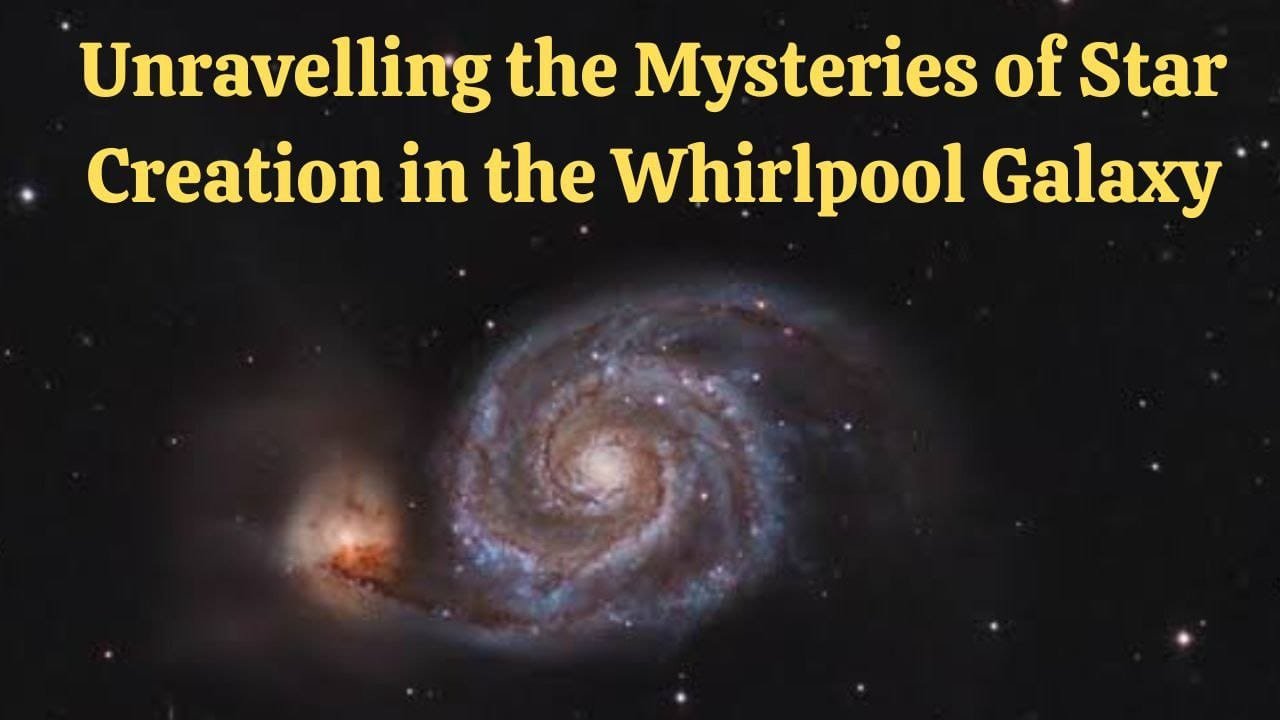Max Planck Institute for Astronomy ( MPIA) led the international research team and mapped some regions of dense and cold gas. The birthplace of stars in the galaxy goes beyond the Milky Way. These observations use the NOEMA observatory and give you insights into varying conditions conducive to star formation. The data shows the groundbreaking achievements in measurement type. It lets researchers for the first time and shows the star formation early in the Milky Way. It makes the models of star formation better and explains the evolution of galaxies in the history of the universe.
Paradoxically, the history of stars initiates in some of the coldest country-states of the universe – dense clouds of gas and dust that traverse whole galaxies. To look at star formation early stage, in which stars are produces, we needs to discovers the areas first. She is the lead author of the research in Astronomy & Astrophysics. “For this cause, we normally measure the radiation emitted by unique molecules which can be specifically plentiful in these extraordinarily cold and dense zones.”
Molecules As Chemical Probes
Astronomers usually appoint molecules including HCN (hydrogen cyanide) and N2H+ (diazenylium) as chemical probes in exploring megastar formation in the Milky Way.
Through collisions with the abundant hydrogen molecules, which can be themselves challenging to locate, other molecules are set into rotation. Following a discount in rotational speed, they emit radiation with function wavelengths, about 3mm for the abovementioned molecules.
Star Creation in the Whirlpool Galaxy
These measurements are part of a complete observational program named SWAN (Surveying the Whirlpool at Arcsecond with NOEMA), co-led by Schinnerer and Frank Bigiel from the University of Bonn. Using the Northern Extended Millimetre Array (NOEMA), a radio interferometer in the French Alps, the group objectives to examine the distribution of various molecules in the internal 20,000 light-years of the Whirlpool Galaxy (Messier 51), together with hydrogen cyanide and diazenylium. In addition to the 214 hours of statement from this application, about 70 hours from other remark campaigns with the 30-meter single-dish telescope in southern Spain supplement the dataset.
“As data from radio interferometers are plenty extra complicated than telescope pictures, processing and refining the facts took approximately any other year,” notes Jerome Pety from the Institute de Radioastronomie Millimétrique (IRAM), the group working the telescopes. Interferometric telescopes like NOEMA consist of multiple person antennas, together attaining element resolution similar to a telescope with a primary reflect diameter equivalent to the spacing between the character telescopes.
Gas properties depend on the environment
The authors of the study have been in a position to distinguish signatures of personal gas clouds in numerous areas, along with the centre and the spiral palms.
- While the radiation depth of hydrogen cyanide and diazenylium always increases and reduces throughout the spiral palms, offering equally dependable effects for determining gas densities, the astronomers find a exquisite deviation in the galactic centre of M51.
- Compared to diazenylium, the brightness of HCN emission will increase greater considerably in this place.
- There seems to be a mechanism there that stimulates hydrogen cyanide to emit extra light, which has not been discovered in diazenylium.
- “We suspect that the lively galactic nucleus in the Whirlpool Galaxy is answerable for this,” Schinnerer says. Surrounding the relevant large black hollow at its centre, this place is wherein the gas swirls around the black hollow in the form of a rotating disk.
- As it spirals down, the fuel quickens to high velocities and is heated via friction to hundreds of stages, emitting extreme radiation, which contributes to the emission of HCN moecules.
- Hence, at least in the relevant vicinity of the Whirlpool Galaxy, diazenylium seems to be the greater reliable density probe in comparison to hydrogen cyanide. This is important because hydrogen cyanide is routinely used to decide the mass of gas so that it will shape the future era of big stars in the early days of the universe.
- This result approaches that the quantity of to be had gas for megastar formation is probably larger than predicted based on the luminosity of the hydrogen cyanide.
A Worthwhile Challenge
Hence, at least in the significant area of the Whirlpool Galaxy, diazenylium seems to be the greater reliable density probe compared to hydrogen cyanide. Unfortunately, it shines five instances fainter on average for the identical fuel density, significantly growing the size attempt. The required additional sensitivity is performed through a significantly longer commentary duration.
The prospect of exploring the early phases in detail in galaxies outside the Milky Way brings wish to scientists. While molecular clouds and famous person-forming areas are nearer in the Milky Way, determining the precise structure and vicinity of spiral hands and clouds is significantly more challenging.
“Although we can analyze a lot from the unique statement software with the Whirlpool Galaxy, it’s far, in an experience, a pilot project,” Stuber factors out. The Whirlpool Galaxy shines highly brightly in the mild of these chemical probes. For other galaxies, telescopes and gadgets need to be a ways more wise.
The others Large array currently plans in powerful hope. If all is going well, it’ll simplest be to be had in about ten years from now. Until then, the Whirlpool Galaxy serves as a wealthy laboratory to explore celebrity formation on a galactic scale.
List of MPIA researchers involved
The researchers are Jérôme Pety (IRAM and Observatoire de Paris/PSL, France [PSL]), Frank Bigiel (University of Bonn, Germany [UB]), Antonio Usero (Observatorio Astronómica Nacional/IGN, Madrid, Spain [OAN]), Ivana Bešlić (PSL), Miguel Querejeta (OAN), J. María Jiménez-Donaire (OAN and Observatorio de Yebes/IGN, Guadalajara, Spain), Adam Leroy (Ohio State University, Columbus, USA), Jakob den Brok (Center for Astrophysics, Harvard & Smithsonian, Cambridge, USA), Lukas Neumann (UB), Cosima Eibensteiner (UB), Yu-Hsuan Teng (University of California San Diego, La Jolla, USA), Ashley Barnes (European Southern Observatory, Garching, Germany [ESO]), Mélanie Chevance (Centre for Astronomy, Heidelberg University, Germany [ZAH] and Cosmic Origins of Life Research DAO), Dario Colombo (UB), Daniel A. Dale (University of Wyoming, Laramie, USA), Simon C.O. Glover (ZAH), Daizhong Liu (Max Planck Institute for Extraterrestrial Physics, Garching, Germany), and Hsi-An Pan (Tamkang University, Taiwan).












